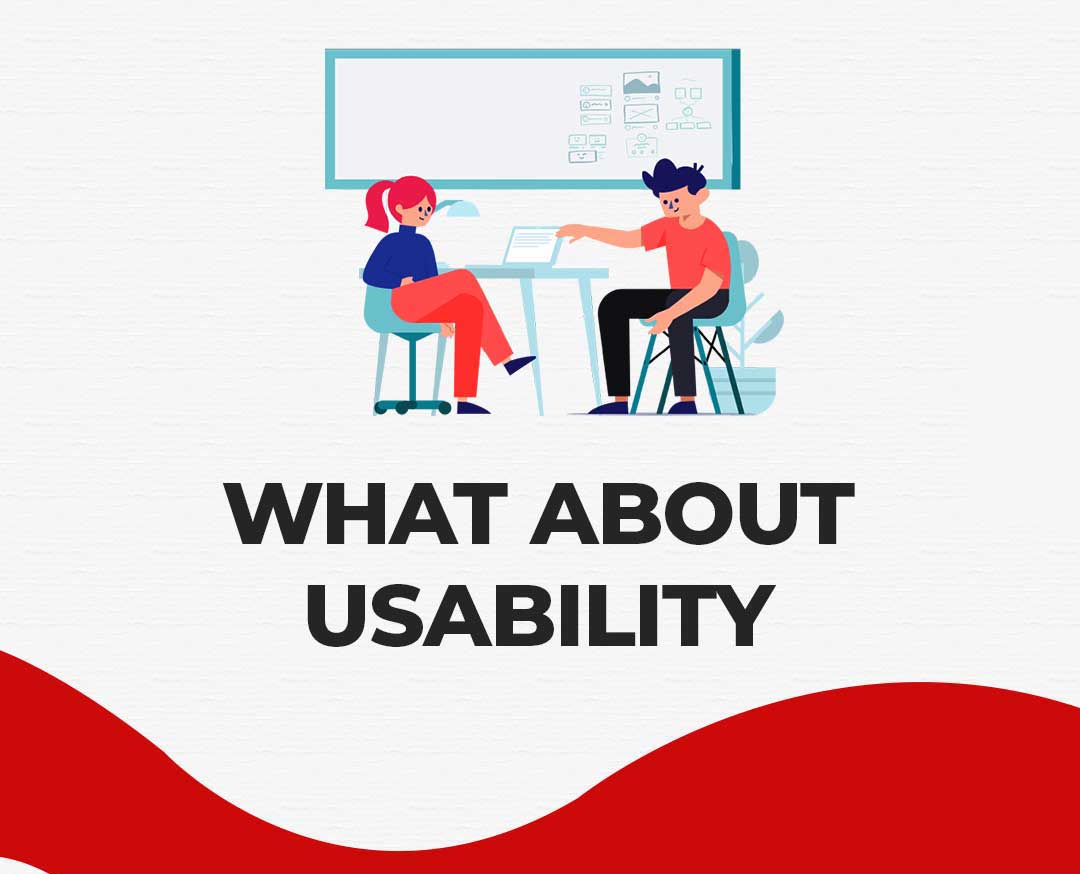How to Reduce Bounce Rate and Improve Website Engagement
You’ve put hours into building your website; the design is sleek, the content is polished, and the products or services are ready to shine. But when you check your analytics, you see a disappointing figure: a high bounce rate. Visitors are arriving, but they’re leaving just as quickly.
If this sounds familiar, don’t worry; you’re not alone. Reducing bounce rate and improving website engagement is a common challenge, but it’s one that can be overcome with the right strategies. In this blog, we’ll dive into the causes of a high bounce rate, explore actionable solutions, and help you turn your website into an engaging, user-friendly space that keeps visitors around.
What Is Bounce Rate?
Bounce rate refers to the percentage of visitors who land on your website and leave without interacting further. In other words, they don’t click on another page, fill out a form, or take any other action.
A high bounce rate could indicate:
- Poor user experience (UX)
- Slow loading times
- Unclear navigation
- Lack of relevant content
- Misleading or unappealing design
While bounce rates vary depending on industry, a 40-60% bounce rate is generally considered acceptable for most websites. E-commerce and blog pages may naturally have higher bounce rates, but excessive rates (above 70%) often suggest underlying problems.
Why Reducing Bounce Rate Matters
A high bounce rate doesn’t just indicate lost opportunities — it can also affect your website’s SEO ranking. Search engines like Google view a high bounce rate as a signal that users aren’t finding your content valuable or relevant. On the other hand, a low bounce rate means users are engaging with your site, which leads to:
- Higher search rankings
- Increased conversions
- Improved user experience
- Stronger brand authority
The key is to understand why visitors leave and implement strategies that make them stay.
10 Effective Strategies to Reduce Bounce Rate and Boost Engagement
1. Improve Website Speed
A slow-loading website is a guaranteed way to lose visitors. In fact, 53% of mobile users abandon a site if it takes longer than 3 seconds to load.
Solution:
- Optimize images and compress files using tools like TinyPNG.
- Use a Content Delivery Network (CDN) to distribute content faster.
- Enable browser caching for returning visitors.
- Minify CSS, JavaScript, and HTML using tools like Gzip.
2. Enhance Mobile Responsiveness
More than half of all web traffic comes from mobile devices. If your site isn’t mobile-friendly, users will bounce quickly.
Solution:
- Implement responsive design using frameworks like Bootstrap or Tailwind CSS.
- Test your website on various devices using Google’s Mobile-Friendly Test.
- Ensure buttons, links, and forms are easy to interact with on mobile screens.
3. Optimize Your Content for Relevance
Visitors often leave when they don’t find what they’re looking for. Misleading headlines, vague content, or irrelevant information can increase bounce rates.
Solution:
- Ensure your headline matches the content on the page.
- Provide clear, valuable information that answers user queries.
- Use internal linking to guide users to related content.
- Incorporate visuals and infographics to break down complex topics.
4. Improve Website Navigation
Confusing menus and poor site structure frustrate visitors, making them more likely to leave.
Solution:
- Design an intuitive navigation menu with clear categories.
- Add a visible search bar for easier content discovery.
- Implement breadcrumbs for improved site navigation.
- Ensure CTAs (Call-to-Actions) are visible and well-placed.
5. Optimize Call-to-Actions (CTAs)
Your CTAs should be clear, persuasive, and encourage users to take action. Weak or unclear CTAs are often ignored.
Solution:
- Use action-oriented language like “Get Started” or “Claim Your Free Trial.”
- Place CTAs above the fold for better visibility.
- A/B test different CTA designs and text to find what works best.
- Ensure the CTA stands out using contrasting colors.
6. Improve Readability and Formatting
Walls of text are overwhelming. If visitors struggle to read your content, they’ll leave.
Solution:
- Use short paragraphs and plenty of white space.
- Break content into sections using subheadings (H2, H3).
- Incorporate bullet points and numbered lists for clarity.
- Use bold and italics for emphasis where necessary.
7. Provide Personalized Recommendations
Users are more likely to stay if they see content that matches their interests.
Solution:
- Use AI-powered recommendation engines to suggest relevant products or articles.
- Display “Related Posts” or “Customers Also Bought” sections.
- Analyze user behavior and tailor recommendations based on past actions.
8. Build Trust with Social Proof and Testimonials
Visitors are more likely to engage when they trust your brand.
Solution:
- Add customer reviews and testimonials on product pages.
- Showcase industry awards, recognitions, or certifications.
- Display case studies to demonstrate your success.
- Include recognizable client logos and social proof.
9. Reduce Pop-Up Interruptions
While pop-ups can be effective, intrusive ones frustrate users and increase bounce rates.
Solution:
- Use exit-intent pop-ups that trigger when users are about to leave.
- Ensure pop-ups are easy to close.
- Offer clear value, like a discount or free resource, to justify the interruption.
10. Track and Analyze User Behavior
Understanding how users navigate your site will help you identify problem areas.
Solution:
- Use tools like Google Analytics to monitor bounce rates and time on page.
- Implement heatmaps using tools like Hotjar to track user interactions.
- Identify which pages have the highest bounce rates and adjust content, design, or load time accordingly.
How Long Will It Take to See Results?
While some changes, like speeding up your website, can deliver quick results, others — such as content optimization and A/B testing — may take a few weeks to show progress. The key is to be consistent and patient.
Monitor your analytics weekly, make incremental adjustments, and keep an eye on how your bounce rate changes over time.
Final Thoughts
Reducing your website’s bounce rate isn’t just about keeping users on your site longer — it’s about creating meaningful experiences that engage, inform, and inspire action. From improving loading speeds and navigation to delivering personalized content and using strategic CTAs, every element plays a part in enhancing user engagement.
At Kreative Web Tech, we specialize in building intuitive, user-friendly websites designed to minimize bounce rates and maximize conversions. Whether you need a complete site overhaul or ongoing optimization, our team is here to help.
Ready to transform your website’s performance? Let’s connect!





